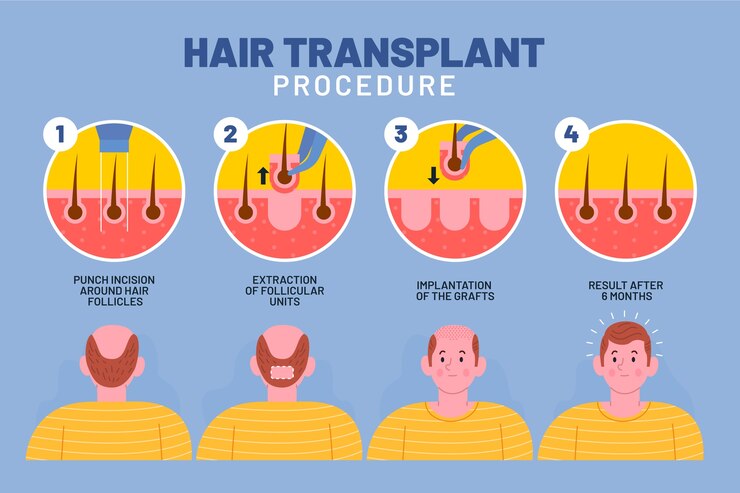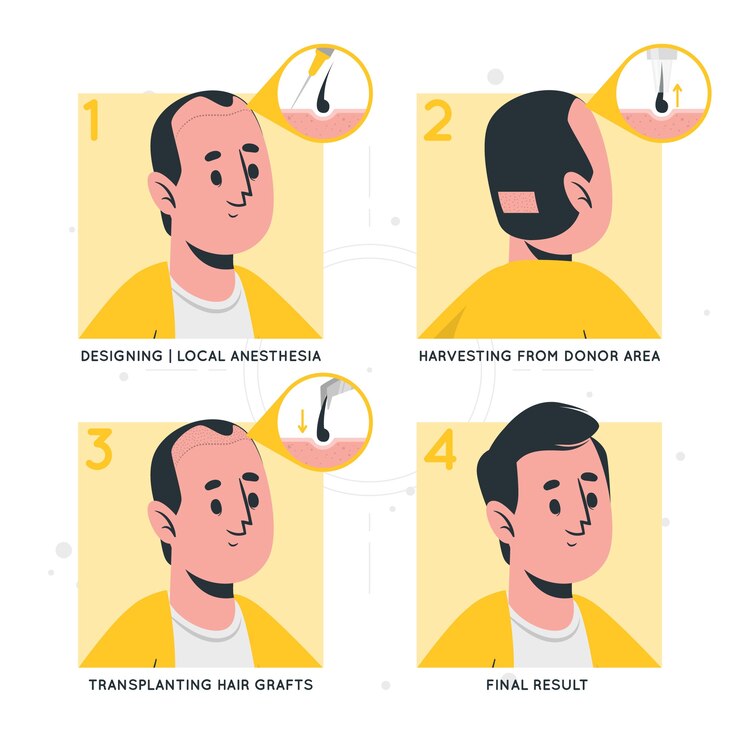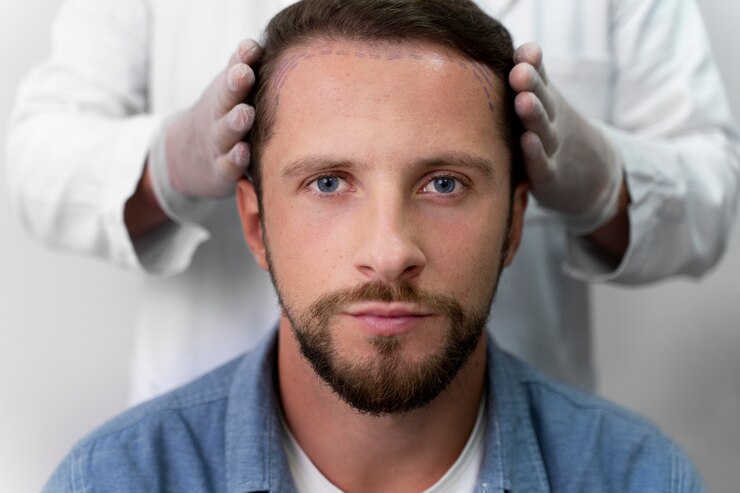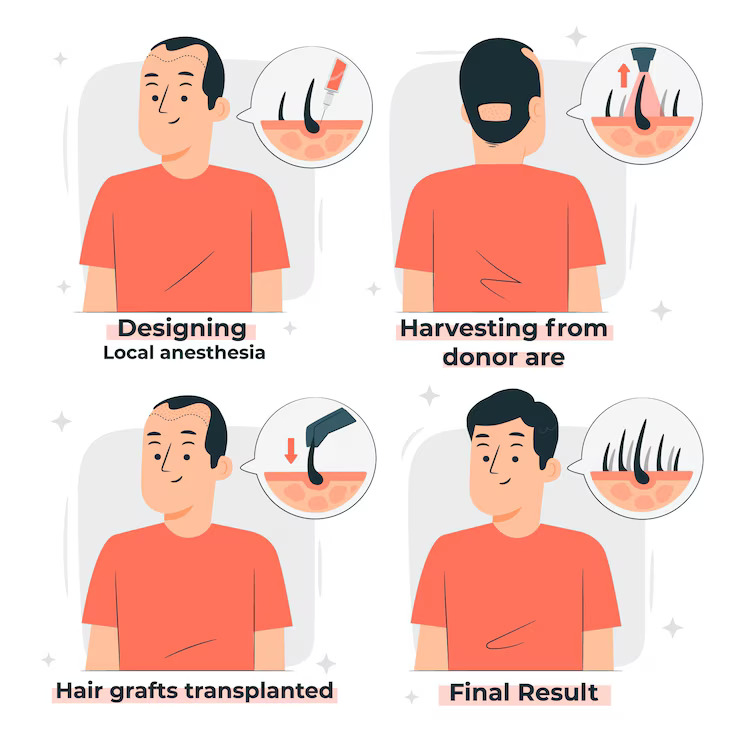Hair loss among teenagers can be distressing, affecting self-esteem and confidence during crucial developmental years. Understanding the causes and effective treatments is vital to managing this condition early and effectively. Here, we delve into safe and proven remedies for teenage hair loss, including topical treatments, dietary adjustments, and medical interventions suitable for young individuals.
Topical Treatments for Teenage Hair Loss
Topical treatments are often the first line of defense against teenage hair loss, targeting the scalp directly to stimulate hair growth and prevent further thinning. Minoxidil, a topical solution approved by the FDA, has shown effectiveness in promoting hair regrowth in both males and females. It works by increasing blood flow to the hair follicles and prolonging the growth phase of hair.
Another promising option is topical corticosteroids, which reduce inflammation around the hair follicles. This can be particularly useful in cases where hair loss is linked to conditions like alopecia areata, an autoimmune disorder.
Dietary Adjustments and Nutritional Support
A balanced diet rich in essential nutrients plays a crucial role in maintaining healthy hair growth. Teenagers experiencing hair loss should focus on foods high in vitamins and minerals essential for hair health, such as vitamin A, vitamin C, vitamin D, iron, and omega-3 fatty acids. These nutrients support the hair follicles and ensure optimal scalp health.
Supplements may also be recommended to address specific deficiencies contributing to hair loss. However, it’s important to consult a healthcare provider before starting any new supplement regimen to ensure safety and effectiveness.
Medical Interventions for Severe Cases
In more severe cases of teenage hair loss, medical interventions may be necessary to halt progression and encourage regrowth. Platelet-rich plasma (PRP) therapy has gained popularity for its ability to stimulate hair follicles’ activity through growth factors present in the patient’s own blood.
For hormonal-related hair loss, oral contraceptives may be prescribed under medical supervision to regulate hormone levels and reduce hair thinning.
Hair Transplantation as a Last Resort
Hair transplantation, though less common in teenagers due to ongoing hair loss patterns, may be considered for certain cases that are resistant to other treatments. This surgical procedure involves transferring hair follicles from a donor site to the affected area on the scalp. It requires careful consideration and consultation with a qualified hair restoration surgeon to assess candidacy and potential outcomes.
Benefits of Hair Transplant for Youth
- Permanent Solution: Hair transplant offers a permanent solution to hair loss in youth by transplanting healthy hair follicles from donor areas to the thinning or balding areas on the scalp.
- Natural Appearance: The transplanted hair grows naturally, blending seamlessly with existing hair. This results in a natural-looking appearance that enhances self-esteem and confidence.
- Minimal Maintenance: Once the transplanted hair follicles take root, they require minimal maintenance. Normal hair care routines, including washing and styling, can be resumed.
- Effective for Pattern Baldness: Hair transplant is particularly effective for pattern baldness (androgenetic alopecia), a common cause of hair loss in young adults. It helps restore hair density in areas affected by genetic hair thinning.
- Long-Term Investment: While initial costs may be a consideration, a hair transplant is a long-term investment in appearance and well-being. It eliminates the need for ongoing treatments and products aimed at managing hair loss.
Lifestyle Modifications and Stress Management
Stress and lifestyle factors can exacerbate hair loss in teenagers. Encouraging stress management techniques such as meditation, yoga, or regular exercise can help reduce cortisol levels and promote overall well-being, which in turn supports healthy hair growth.
Conclusion
Addressing teenage hair loss requires a multifaceted approach that considers both topical treatments, dietary adjustments, medical interventions, and lifestyle modifications tailored to the individual’s needs. Early intervention and comprehensive care are key to managing this condition effectively and restoring confidence in teenagers experiencing hair loss.





